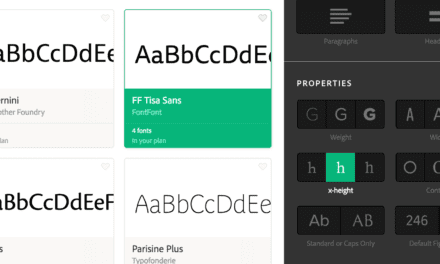ARTICLE SUMMARY: Originally icons were used as aids for worship and spiritual contemplation in Eastern Christianity. They were used as tools for edification, especially for the illiterate faithful, by visually conveying religious stories and teachings.
The 1980s saw the birth of computer specific icons, a pivotal moment that helped shape the direction of user experience design in digital technology.
In “Simplifying Icon Design,” Claudia Driemeyer draws on her personal experience to help designers navigate and avoid common pitfalls in icon creation. Her tips and techniques include:
- Basic Shapes
- Visual Alignment
- Icon Fonts
When icons are designed well, they provide clear visual cues that help users quickly identify actions, functions, or categories reducing the need for extra text or instruction. They allow users to scan and interact with interfaces faster saving users time and cognitive effort.
By reinforcing a product’s visual language, custom icon sets bring cohesion and character to the interface, creating an experience that feels both engaging and trustworthy. Icons designed effectively have the potential to transcend linguistic and cultural boundaries, though rigorous testing is crucial, as interpretations of symbols can vary globally.
Claudia ends her article by telling us, “Even though something so small as an icon might seem simple to create, some minor mistakes are very common and you might end up not attaining the result you had in mind, so we hope this tips can help you achieve the perfect icon design you’re aiming for!”
This is a great article for both new and seasoned designers alike, let us know what you think in the comments.




